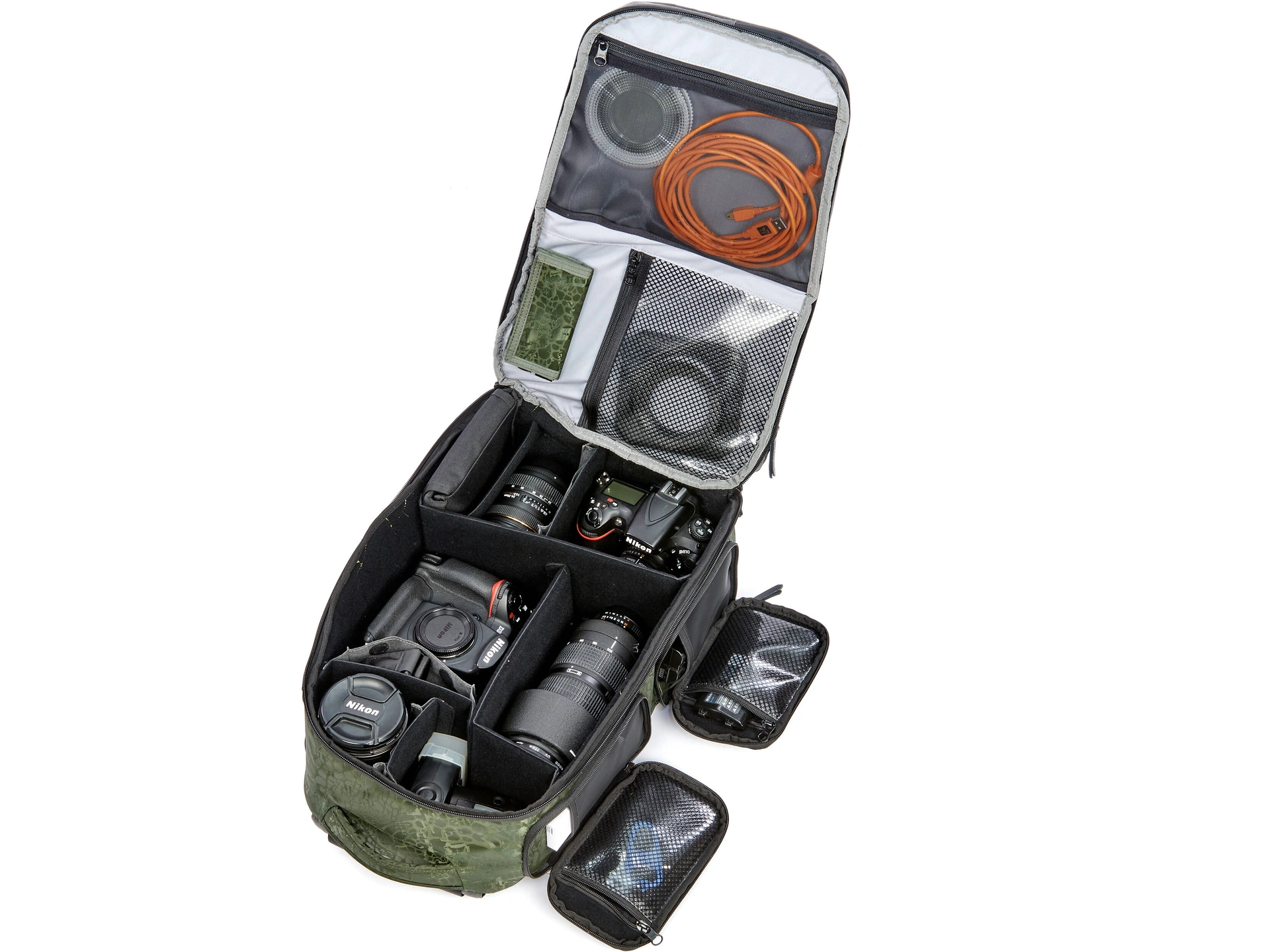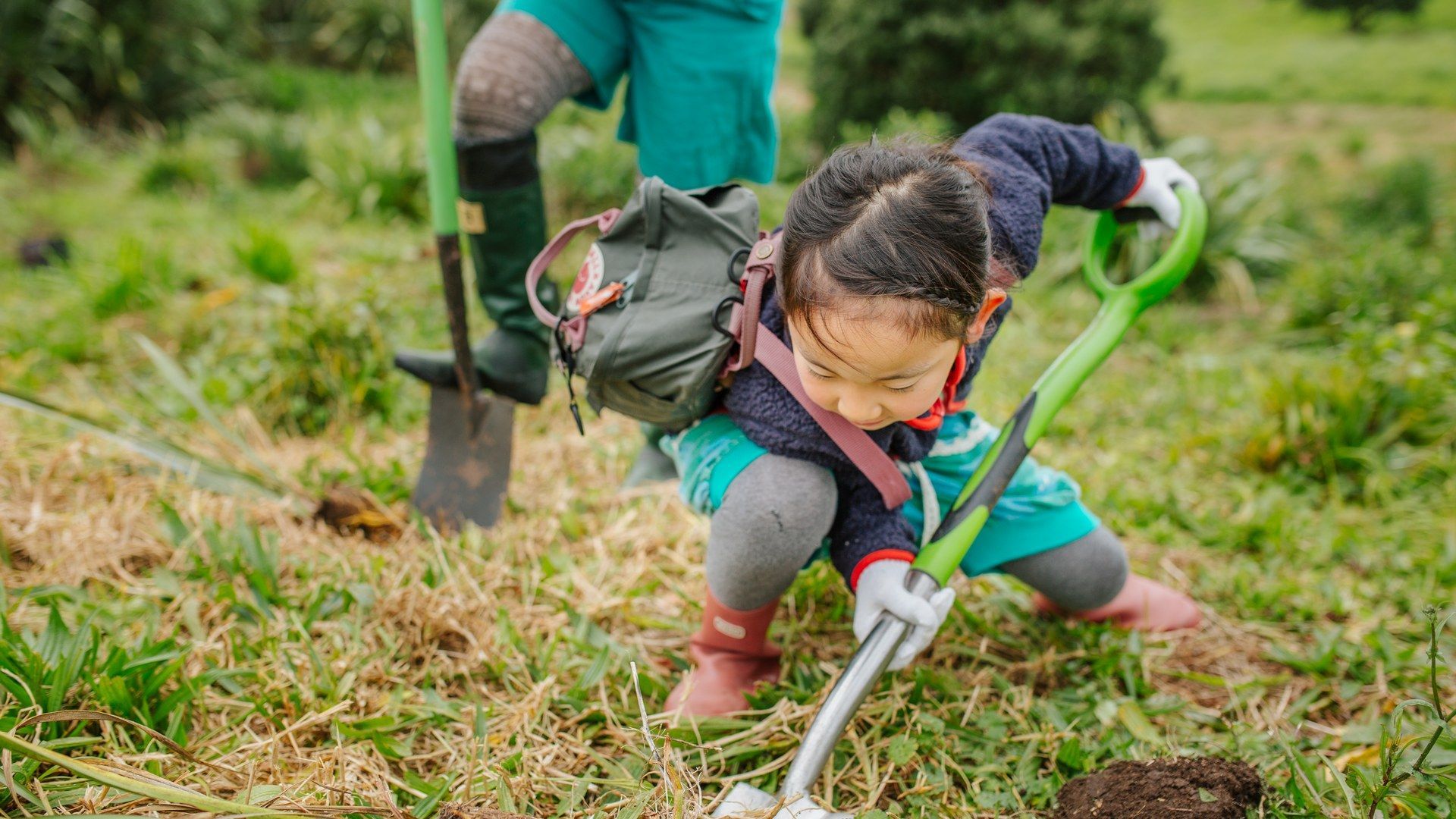Escape to Rotoroa Island: A Birder's Paradise Unveiled
Imagine stepping onto an island sanctuary, a haven teeming with life where native birds flit through the trees, their melodious songs filling the air. This isn't just a dream; it's Rotoroa Island, a jewel in the Hauraki Gulf Maritime Park near Auckland, New Zealand. But there's a secret season that transforms this already special place into something truly extraordinary: nesting season. Before the summer crowds descend, Rotoroa Island becomes a stage for nature's most captivating performance – the avian architects at work, building their homes and raising their young.
This blog post is your guide to experiencing this magical time. We'll delve into the best times to visit, what incredible species you might encounter, and how to make the most of your trip to witness these master builders in action. Get ready to be inspired by the dedication and ingenuity of Rotoroa Island's feathered residents!

Why Nesting Season on Rotoroa Island is a Must-See
Nesting season on Rotoroa Island is more than just a spectacle; it's an opportunity to connect with nature on a deeper level. Witnessing the intricate nest-building process, the tireless efforts of parent birds, and the vulnerability of new life is a humbling and awe-inspiring experience. It's a chance to appreciate the delicate balance of the ecosystem and the importance of conservation efforts.
Here's why you should consider visiting during this special time:
- Fewer Crowds: Enjoy a more intimate experience with nature before the peak tourist season.
- Unique Wildlife Encounters: Observe nesting behaviors you won't see at other times of the year.
- Photography Opportunities: Capture stunning images of birds in their natural habitat.
- Educational Experience: Learn about the island's conservation efforts and the importance of protecting native species.

Timing Your Trip: When to Witness the Avian Architects
The peak nesting season on Rotoroa Island generally runs from September to January. However, specific timing can vary depending on the species and the weather conditions. Early spring (September-October) is a great time to see the initial nest building, while late spring and early summer (November-January) offer the chance to observe chicks hatching and fledging. Check the Rotoroa Island Trust website for updates and specific species information before planning your trip.
Consider these factors when choosing your travel dates:
- Weather: Spring in New Zealand can be unpredictable, so pack layers and be prepared for rain.
- School Holidays: Avoid school holiday periods if you prefer a quieter experience.
- Tide Times: Check tide times if you plan to explore the beaches or coastal areas.

Meet the Master Builders: Rotoroa Island's Nesting Birds
Rotoroa Island is home to a diverse range of native bird species, each with its own unique nesting habits. Here are a few of the avian architects you might encounter:
- Takahē: These flightless birds build nests on the ground, often in sheltered areas amongst grasses and shrubs.
- New Zealand Robin (Toutouwai): These charming birds construct cup-shaped nests in tree forks or amongst dense foliage.
- Bellbird (Korimako): Known for their beautiful song, bellbirds build intricate nests high in the canopy.
- Whitehead (Pōpokotea): These social birds often nest in colonies, creating small, woven nests in shrubs and trees.
- Brown Teal (Pāteke): These ducks nest near water, often in dense vegetation or under logs.
Remember to observe these birds from a respectful distance and avoid disturbing their nests. Use binoculars to get a closer look without causing stress to the birds or their young.

Essential Gear and Ethical Considerations for Birdwatching
To make the most of your birdwatching experience on Rotoroa Island, it's important to be prepared with the right gear and to follow ethical guidelines. Here's a checklist:
- Binoculars: Essential for observing birds from a distance.
- Camera: Capture stunning photos of the birds and their nests.
- Field Guide: Help identify different bird species.
- Comfortable Walking Shoes: You'll be doing a lot of walking!
- Weather-Appropriate Clothing: Layers are recommended.
- Sunscreen and Hat: Protect yourself from the sun.
- Water Bottle: Stay hydrated.
- Insect Repellent: Keep those pesky insects away.
Ethical Considerations:
- Maintain a respectful distance from nests.
- Avoid making loud noises that could disturb the birds.
- Do not feed the birds.
- Stay on designated trails.
- Leave no trace behind.

Planning Your Visit: Getting to Rotoroa Island and Accommodation
Getting to Rotoroa Island is easy with regular ferry services from Auckland CBD and Waiheke Island. Auckland CBD is the central business district of Auckland. The ferry ride itself is a scenic experience, offering stunning views of the Hauraki Gulf. Book your ferry tickets in advance, especially during peak season.
Accommodation:
While there are no hotels on Rotoroa Island, there are options for staying overnight:
- Camping: Rotoroa Island offers a campground with basic facilities. Bookings are essential.
- Accommodation on Waiheke Island: Waiheke Island is a short ferry ride away and offers a wide range of accommodation options, from budget-friendly backpackers to luxury resorts.
Consider staying overnight to fully immerse yourself in the island's tranquility and to have more time to explore its diverse landscapes.
Beyond the Birds: Exploring Rotoroa Island's Other Treasures
While the nesting birds are undoubtedly a highlight, Rotoroa Island offers much more to explore. Take a walk along the island's pristine beaches, discover hidden coves, and learn about its fascinating history as a former Salvation Army alcohol and drug rehabilitation centre. Visit the island's museum to delve into its past and gain a deeper understanding of its transformation into a sanctuary for native wildlife.
Here are some other activities to enjoy on Rotoroa Island:
- Hiking: Explore the island's network of walking trails, offering stunning views and diverse landscapes.
- Swimming: Take a dip in the crystal-clear waters of the island's beaches.
- Snorkeling: Discover the underwater world and observe marine life.
- Picnicking: Enjoy a relaxing picnic lunch amidst the island's natural beauty.
- Guided Tours: Learn about the island's history, ecology, and conservation efforts from knowledgeable guides.

Rotoroa Island: A Conservation Success Story
Rotoroa Island is a testament to the power of conservation. Once a barren landscape, it has been transformed into a thriving ecosystem thanks to the tireless efforts of the Rotoroa Island Trust and its dedicated team of volunteers. The island is now a safe haven for endangered species, providing a vital refuge for native birds and other wildlife. By visiting Rotoroa Island, you are supporting these important conservation efforts and contributing to the protection of New Zealand's unique biodiversity.
Consider making a donation to the Rotoroa Island Trust to further support their work. Every contribution, no matter how small, makes a difference in ensuring the long-term survival of this precious sanctuary.
So, what are you waiting for? Plan your trip to Rotoroa Island today and witness the magic of nesting season before the crowds arrive! It's an experience you won't soon forget.

So, pack your binoculars and your sense of wonder, and get ready to be amazed by Rotoroa Island's feathered engineers! Who said Auckland is boring? 😊
-JAFA
Comments
Post a Comment